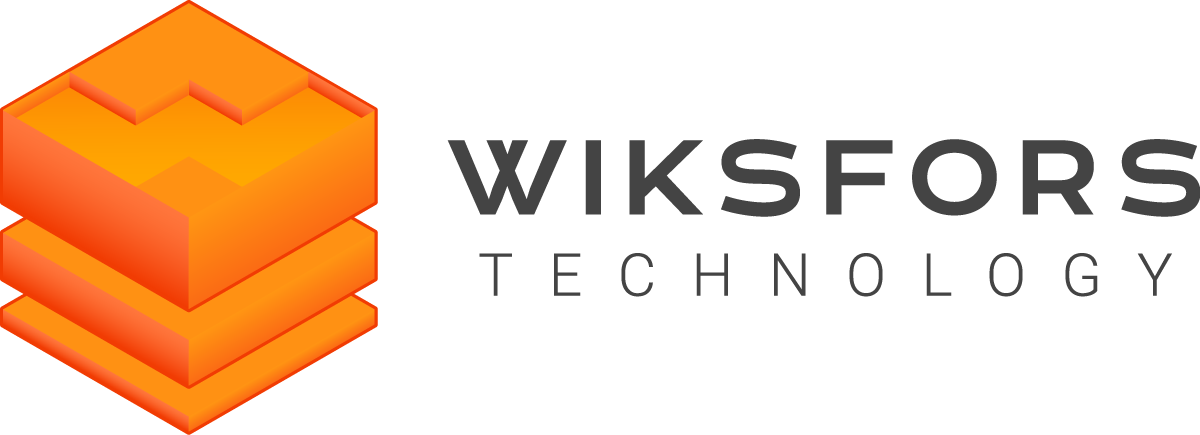The importance of R&D
Most other industries understand the importance of R&D and long-term development of their product. If the R&D is not linked to the design of a specific product, the production units have no power to develop efficient processes and quality materials, resulting in a better and affordable product. It will be a stagnation, use of the same material and methods, driven by short term commitments, project after project. This can be seen in large parts of today’s house building industry, leading to a moderate end-product, with a lot of concessions, with few winners and many losers.
We can make a shift in letting customer- and machine-generated data guide us. If we make designs that are not possible to build in an industrial way, we will never be able to develop an automated factory that is going to handle the data, created in an early phase by the designers. That is why we need a new order and a new way of working in this industry. For example, the automotive, furniture and other industries show us the way, moving forward with new technology. If we integrate the design of a house in the entire process of house development, it will no longer be the main driver. Instead, the process itself should be the main driver. Production efficiency, product quality, a reasonably high flexibility of design, will lead to better pricing for the end customer, safer and faster production and better profit for the producer. It will lead to material development, process development and new factory layouts, whereas the design of the house becomes part of the entire process. In the end this will lead to a greater purpose: affordable houses for many and with just a few losers. This is part of the revolution!
Will the product become stereotypical, standardized, boring and an impersonal set of boxes? Wiksfors Technology thinks the opposite! Mass production doesn’t have to look the same these days. On the contrary. We have good examples on how a large part of the design can be handed over directly to the customer, by giving access to an easy to use web interface. Anyone can design their own Ikea kitchen online nowadays. Or choose its exterior and interior on their new car with a couple of clicks. Why not give access to the design of the exterior and interior of their new house or apartment? Prepare the essentials, set limitations, but at the same time give freedom of choice to the end-customer. These tools are already available right now, but they are not linked to an automated factory yet.
The beauty of the “factory of the future” is that such a system will create all data required for the factory to start production. It also gives the orders to the material suppliers. It makes the building permit documents for the actual destination. It allows the customer to receive updates and information throughout the entire process from start to final delivery.
Why not add greater customer experience? In an automated, data driven, production it could automatically generate films, notifications and links directly to the customer so they can follow their product through the factory as their particular unit is produced! Let the data flow and rely on the numbers.
Design, R&D and production need to be in a very tight symbiose: almost the same organism. We believe that much of the customer experience of buying a Tesla should be feasible just like when buying a house or an apartment. The customer can decide on design choices from the start, follow the entire process of production with live streams until delivery. A level of customer involvement never seen before in the regular house building industry. And to state the obvious: affordable, not only for the happy few.
This could lead to a revolution in the house building industry. Let us lead the way.



